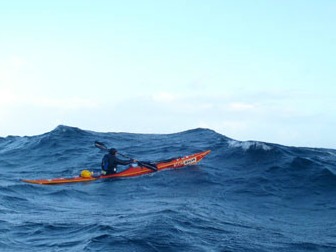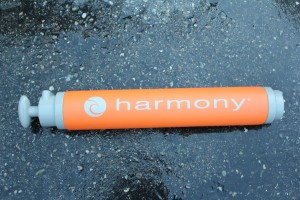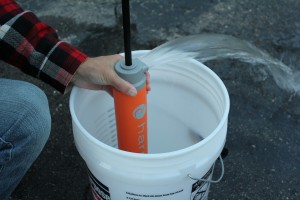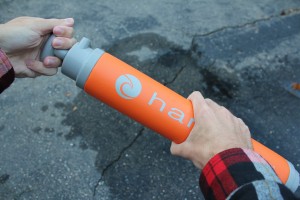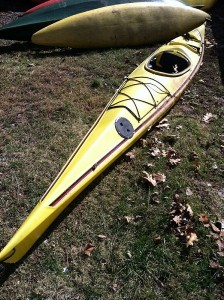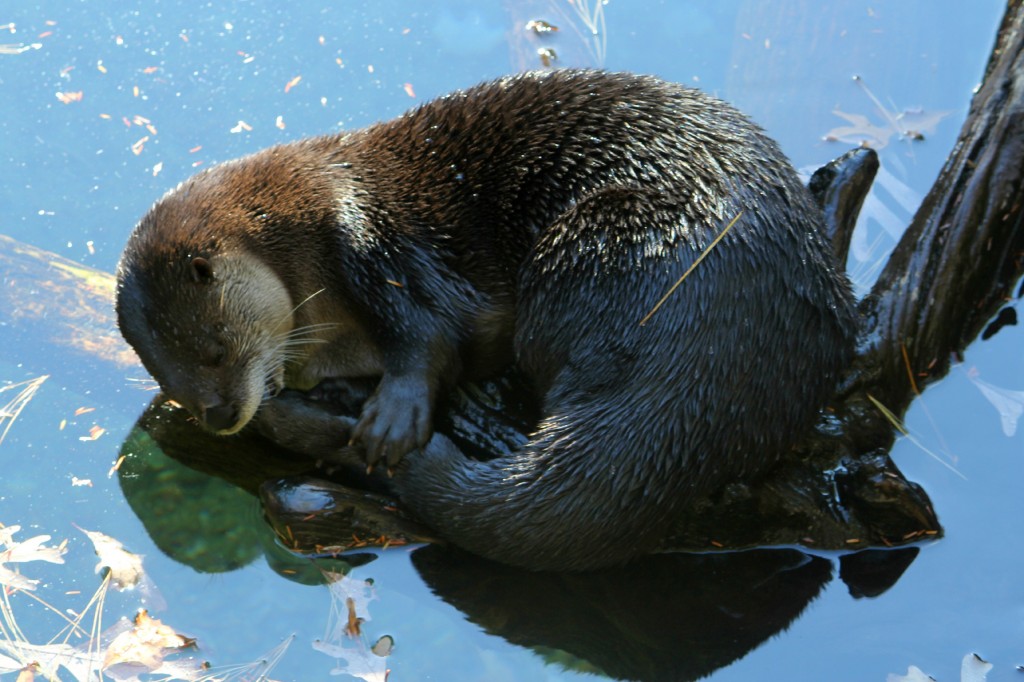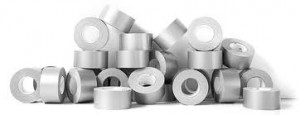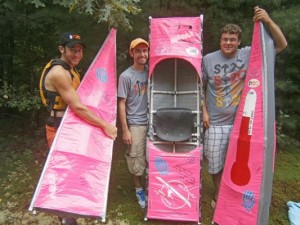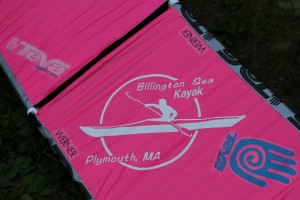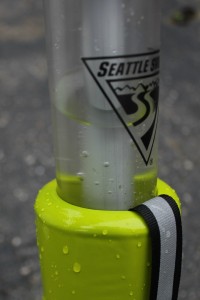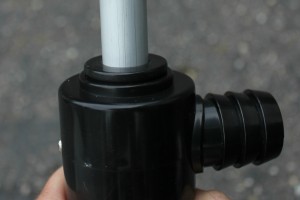Myth “BUSTED”
The internet is a great resource when searching for information on canoeing, kayaking, and other various watersports. It is on the internet where you can seek the advice of kayaking experts from all over the globe in a matter of a couple clicks. While the internet can be the most effective resource when seeking quick kayaking advice, please search with a wary eye… the internet is filled with as much false, misunderstood, and delusional information as there is credible and trustworthy information. This article seeks to debunk one of the most commonly misconceived bits of information floating around the web: You can use WD-40 when cleaning your kayak.
It is easily understood why people have picked up the notion that using WD-40 is a safe and effective method for cleaning and protecting your kayak. WD-40 has been used for a variety of household and commercial purposes for over sixty years for everything from loosening rusty bolts to lubricating squeaky door hinges. For those of us who are familiar with WD-40, it is known to leave behind a shiny, glossy finish to virtually anything you apply it to. It is for this reason why I can easily see how hearsayers picked up the idea of “Hey, let’s spray WD-40 on our hatch covers… it’s shiny and protects it!”
I’ll first start out by explaining why you should keep WD-40 away from your boat. First, the primary purpose of WD-40 from a compound perspective is to essentially remove water and moisture from whatever you apply it to. In fact, the “WD” in WD-40 is actually an acronym for “water displacement.” Its goal is to drive out moisture from sticky mechanisms such as door locks, hinges, struts, while adding a kerosene-based lubricant to reduce friction.
Now let’s think about your rubber hatch covers and rubber fittings throughout your kayak. Rubber, which retains most of its structural integrity from essential oils and moisture, must be protected from the elements such as the sun, salt water, and changing temperatures. To spray WD-40 on your rubber hatch covers is essentially driving out the essential moisture which keeps it flexible, strong, and resilient. While it may seem logical to apply a lubricant to rubber to protect it, WD-40 contains zero ultra-violet (UV) stabilizers, absorbers, or protective properties. The short-term fix of spraying your hatches and fittings with an oil-based lubricant can actually accelerate the drying out and brittleness of your rubber and plastic components. What seemed like a short-term solution will actually pan into a long-term problem.
So what’s the real solution?
If you are seeking a real solution to protecting your plastic kayak and rubber hatches, keep your WD-40 on your garage shelf and pick up a bottle of 303 Aerospace Protectant. 303 Protectant is formulated with UV-inhibitors to safely and effectively protect your plastic and rubber parts from the sun. Not only can your 303 Protectant be safely used on your plastics, but it will keep your leather, vinyl, and fiberglass looking like new for years to come.
-Alex




